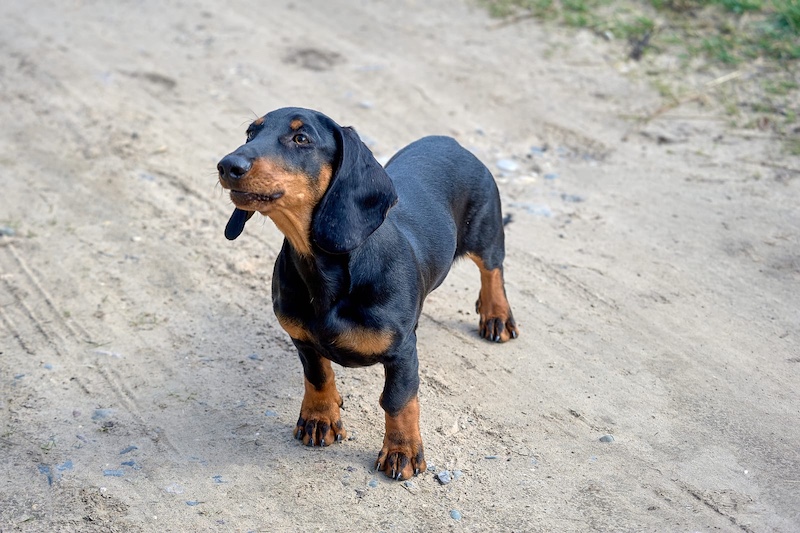Not all dogs greet strangers with a wagging tail. Some breeds are naturally more protective, territorial, or cautious—traits that can lead to stranger-directed aggression. This behavior includes growling, barking, lunging, or even biting unfamiliar people. According to the University of Pennsylvania’s Canine Behavioral Assessment and Research Questionnaire (C-BARQ), certain breeds consistently rank higher for this type of behavior. While training and environment are major factors, breed tendencies shouldn’t be overlooked. Below are 10 dog breeds that exhibit some of the highest levels of stranger-directed aggression.
Akita
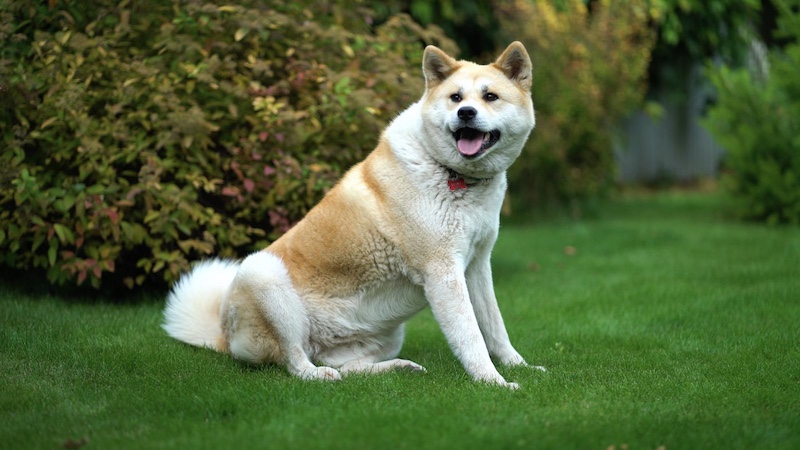
Originally bred in Japan for guarding royalty and hunting large game, the Akita is known for its courage and loyalty—but also its aloofness with strangers. C-BARQ data shows Akitas score among the highest for stranger-directed aggression. Their imposing size and dominant personality make early socialization and consistent training essential. Without proper management, their protective instincts can turn into hostility toward unfamiliar people.
Chihuahua
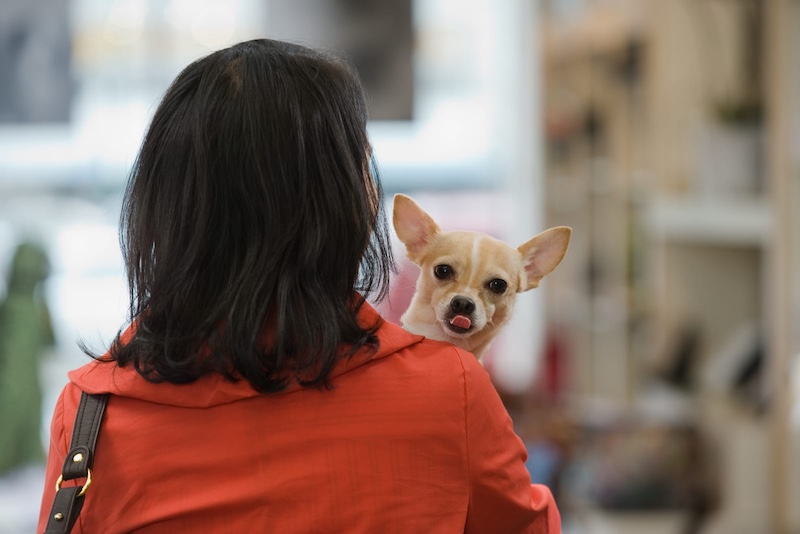
Though tiny in size, Chihuahuas pack a big personality and a strong tendency toward aggression, especially with strangers. In the C-BARQ study, they scored high on measures of stranger-directed aggression, often resorting to barking or nipping when approached. Because their behavior is less threatening due to their size, owners sometimes overlook the need for socialization and training—leading to persistent fear-based reactivity.
Dachshund
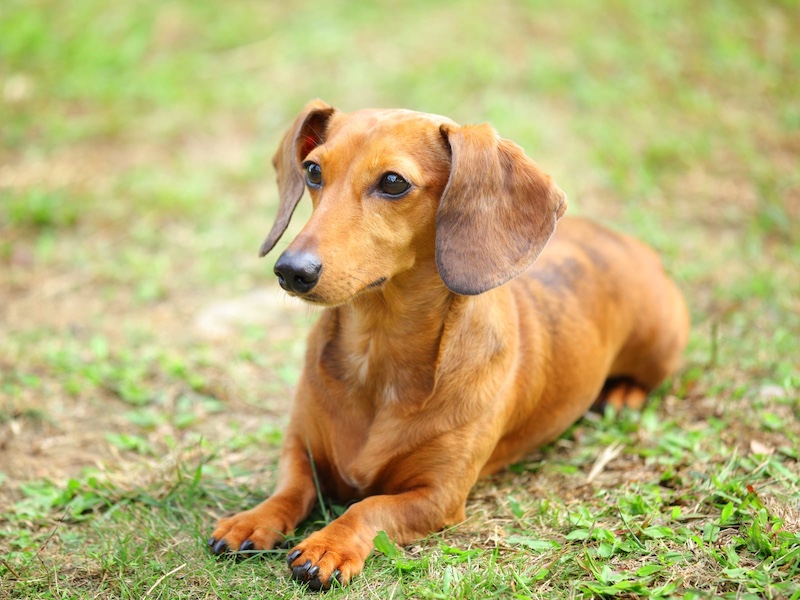
The Dachshund may look cute and harmless, but this breed is known for its tenacity—and its aggressive tendencies. Originally bred to hunt badgers, Dachshunds are fearless and often reactive to unfamiliar people. C-BARQ research places them near the top for stranger aggression, particularly in cases where they feel their territory is being invaded. Proper boundary-setting and early training are important for managing their assertiveness.
Jack Russell Terrier
Jack Russell Terriers are energetic and intelligent, but their intensity can also translate into territorial behavior. Studies using C-BARQ data show they rank high in stranger-directed aggression. Their small size makes their reactions less dangerous than larger breeds, but frequent barking, lunging, or snapping can still pose problems, especially in social environments.
Belgian Malinois
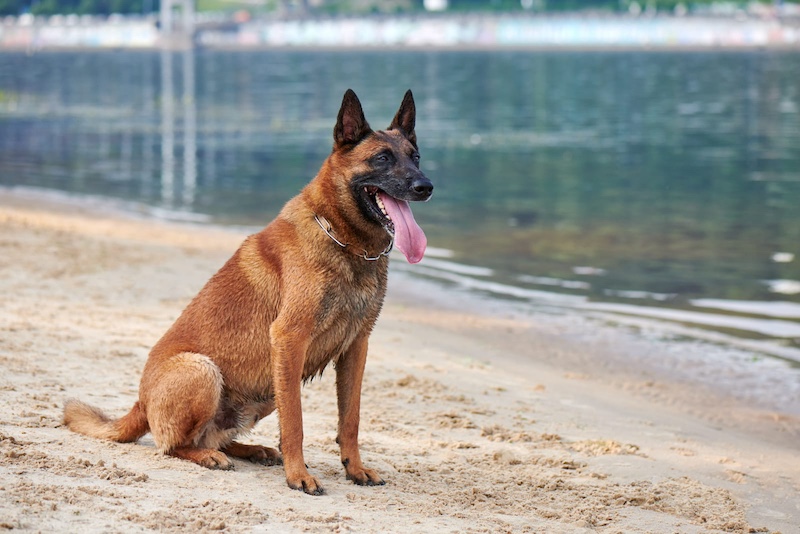
The Belgian Malinois is a top choice for military and police work thanks to its intelligence, loyalty, and protectiveness—but that same protectiveness can escalate into aggression if not carefully trained. According to data from C-BARQ and other breed behavior studies, Belgian Malinois consistently rank high for stranger aggression, especially in under-stimulated or under-socialized environments.
Doberman Pinscher
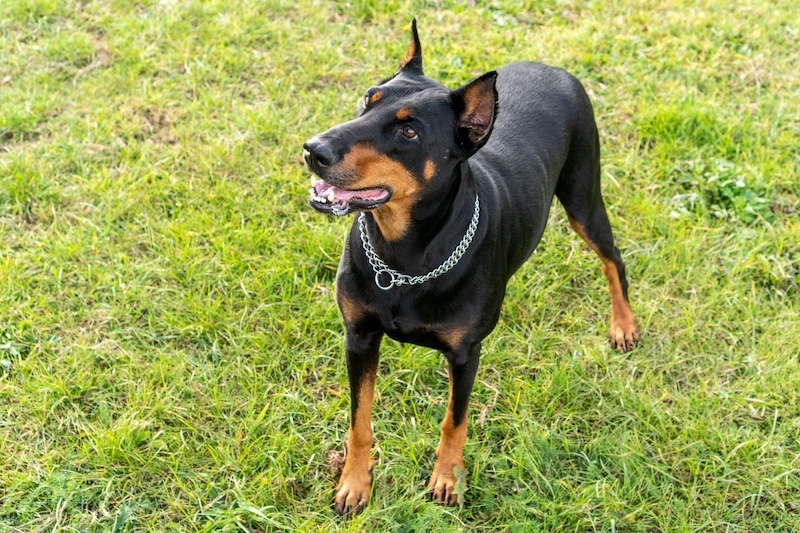
Dobermans were originally developed as personal protection dogs, so it’s no surprise they can be wary—or aggressive—toward strangers. While well-trained Dobermans can be calm and controlled, C-BARQ results still show they score above average for stranger-directed aggression. Without proper leadership and consistent socialization, their alert and territorial nature may lead to confrontational behavior.
Rottweiler
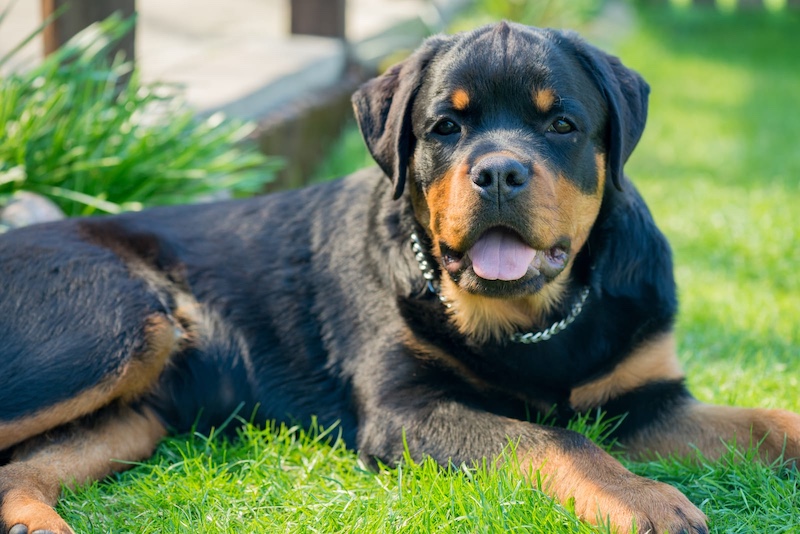
Rottweilers are powerful and loyal guardians, but they are naturally suspicious of unfamiliar people. According to C-BARQ assessments, Rottweilers exhibit above-average aggression toward strangers, particularly when they feel their home or family is threatened. Their protective instincts can make them ideal guard dogs—but only in the hands of an experienced and responsible owner.
German Shepherd
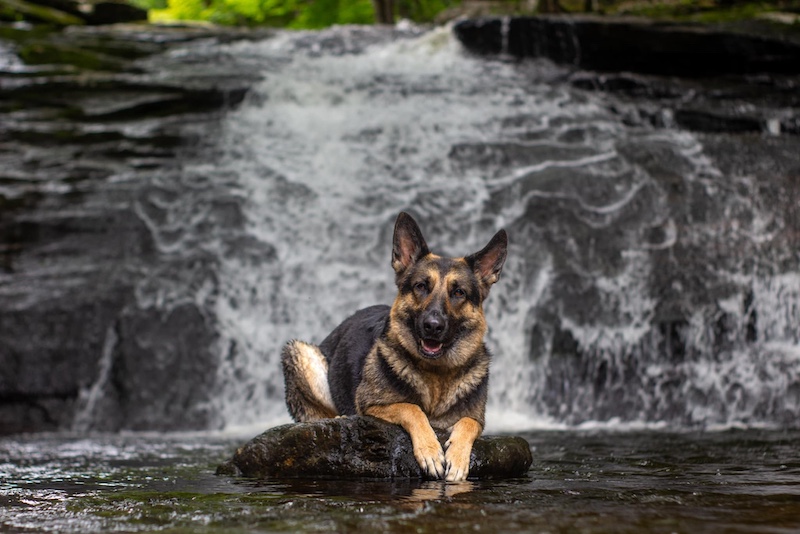
German Shepherds are versatile working dogs known for their intelligence and loyalty. However, these same qualities can make them overly protective. The C-BARQ data indicates that German Shepherds have elevated levels of stranger-directed aggression compared to the average dog. Without consistent training and socialization, they may react defensively or aggressively in unfamiliar situations.
Chow Chow

Chow Chows are often described as cat-like due to their independent and aloof nature. However, they’re also among the most aggressive breeds when it comes to strangers, according to multiple behavioral studies, including C-BARQ. Their suspicion of outsiders, combined with their strong will, makes early and ongoing training absolutely necessary.
Australian Cattle Dog
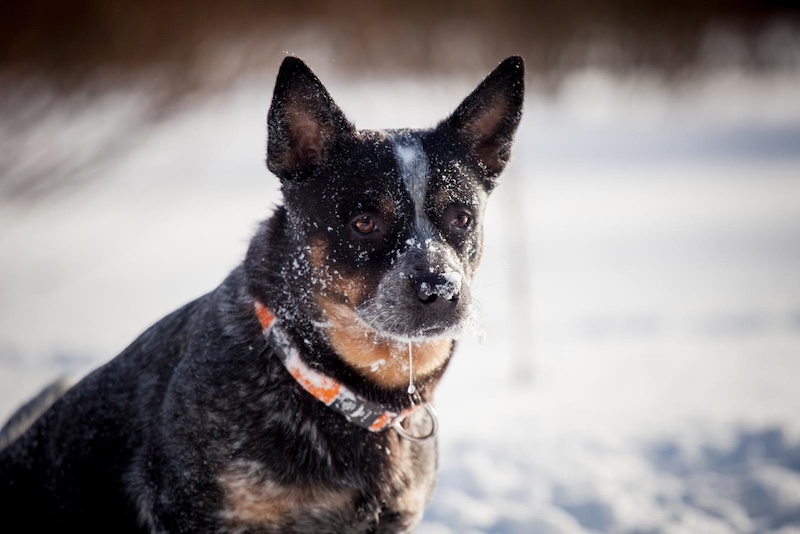
Also known as the Blue Heeler, the Australian Cattle Dog was bred to herd livestock—and that drive can manifest as pushiness or even aggression. C-BARQ results show they have one of the highest scores for stranger-directed aggression. They are extremely loyal to their families but are often unwelcoming or reactive around unfamiliar people. Without mental stimulation and clear rules, their behavior can become problematic.
- Please Note: This content was created with the assistance of AI and thoroughly edited by a human before publishing.

